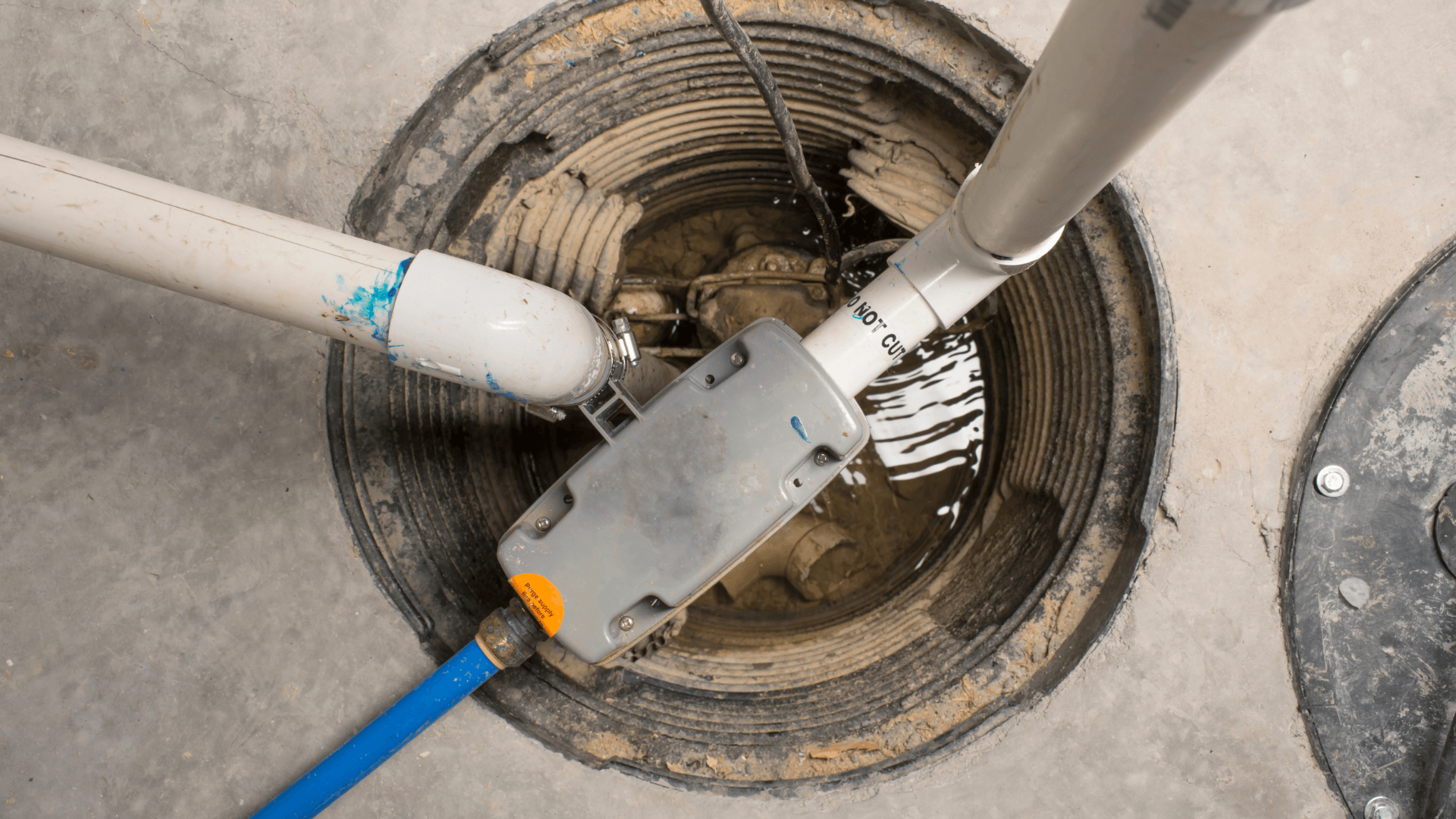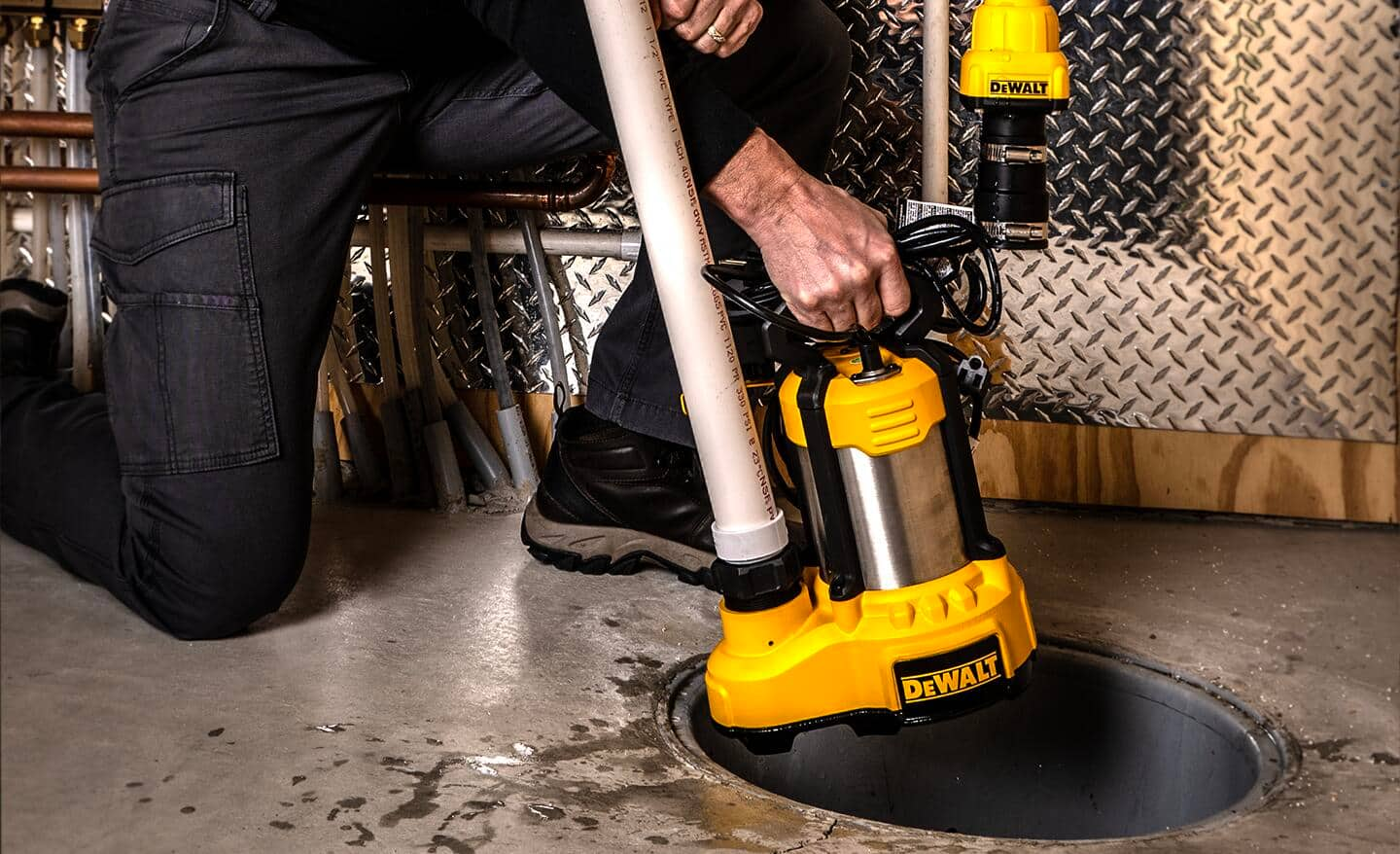How do you feel in regards to How To Effectively Clean A Sump Pump?

Sump pumps are important elements in many homes, particularly in locations susceptible to flooding or too much wetness. They aid protect against water damages by successfully removing excess water from basements or crawl spaces. However, like any other device, sump pumps require regular maintenance to guarantee they work effectively when required the most. Cleansing your sump pump is a vital part of its upkeep, and understanding how to do it effectively can conserve you from pricey repair work and possible catastrophes.
Introduction
Keeping a tidy sump pump is important for its proper functioning and durability. Overlooking this necessary job can lead to blockages, breakdowns, and eventually, water damages to your residential property. As a result, finding out just how to clean a sump pump is crucial for home owners who depend on these devices to maintain their cellars dry and secured.
Signs of a Dirty Sump Pump
Recognizing when your sump pump requires cleansing is crucial for stopping possible breakdowns. Some usual signs that suggest a dirty sump pump consist of strange noises throughout procedure, reduced water circulation, and noticeable debris in the pit. If you observe any of these signs, it's vital to cleanse your sump pump without delay to avoid any more issues.
Planning for Cleansing
Prior to you begin cleaning your sump pump, it's important to take some safety preventative measures. Begin by shutting off the power to the pump to avoid any kind of electrical accidents. Furthermore, put on appropriate safety equipment, such as handwear covers and safety glasses, to safeguard yourself from dust, debris, and potential pathogens.
Comprehending the Sump Pump
Prior to diving into the cleansing procedure, it's necessary to have a standard understanding of how a sump pump works. Normally set up in a pit or basin listed below the cellar floor, a sump pump contains numerous vital components, including a pump, a float switch, and a discharge pipe. When water builds up in the pit, the float switch turns on the pump, which then pumps the water out through the discharge pipe, away from the structure's foundation.
Step-by-step Overview to Cleansing a Sump Pump
Shutting down the Power
Begin by detaching the power supply to the sump pump to stop any crashes while cleansing.
Looking For Proper Performance
Before re-installing the pump, do a quick test to guarantee that the float switch triggers the pump correctly. Pour some water into the sump pit and observe the pump's procedure. If every little thing is operating correctly, you can rebuild the pump and reconnect the power supply.
Getting Rid Of Particles and Dirt
Utilize a bucket or an inside story to get rid of any visible particles, dust, or sediment from the sump pit. Dispose of the debris effectively to prevent it from blocking the pump or the discharge pipe.
Cleaning the Pump and Float Change
Once the pit is free from debris, meticulously remove the pump from the pit. Inspect the pump and the float button for any indications of damages or wear. Use a soft brush or towel to clean the surface areas and remove any kind of gathered gunk.
Purging the System
After cleansing the pump and float switch, flush the sump pit with tidy water to remove any remaining dust or debris. This will certainly aid guarantee that the pump operates efficiently and effectively.
Upkeep Tips to Keep Your Sump Pump Clean
Along with routine cleaning, there are a number of maintenance tips you can follow to keep your sump pump in ideal problem:
Conclusion
Cleansing your sump pump is a critical facet of its upkeep and makes sure that it operates efficiently when you need it one of the most. By following the steps described in this guide and including normal upkeep into your routine, you can expand the lifespan of your sump pump and safeguard your home from water damage.
How To Inspect And Clean A Sump Pump
There are a few things you may want to look for when inspecting your sump pump. These include:
Leaks: If you notice any leaks around the sump pump, it likely needs to be repaired or replaced. Mud or Water: If there is any mud or water around the sump pump, it’s likely that it’s not working properly and needs to be cleaned. Noises: If you hear any strange noises coming from the sump pump, it may be indicative of a problem. Next, you’ll need to clean the sump pump. If you notice any of these issues, it’s best to clean the sump pump as soon as possible. To do this, you’ll need to remove the pump from its housing. Be sure to have a bucket handy to catch any water that may spill out. Once the pump is removed, use a brush or a spray nozzle to clean off all of the mud and debris. You may also want to check the impeller for damage or wear and tear. If you find any damage, you’ll need to replace the pump.
Once the pump is clean, reattach it to its housing and replace any parts that were removed. Be sure to test the pump before putting everything back in place. Once everything is back in order, put the cover back on the sump pit and refill it with water.
https://elekplumbing.com/blog/how-to-inspect-and-clean-a-sump-pump/

As a serious reader on , I was thinking sharing that piece of content was a great idea. Don't hesitate to take the opportunity to share this write-up if you enjoyed it. Thanks a lot for your time spent reading it.
Book An Estimate Now